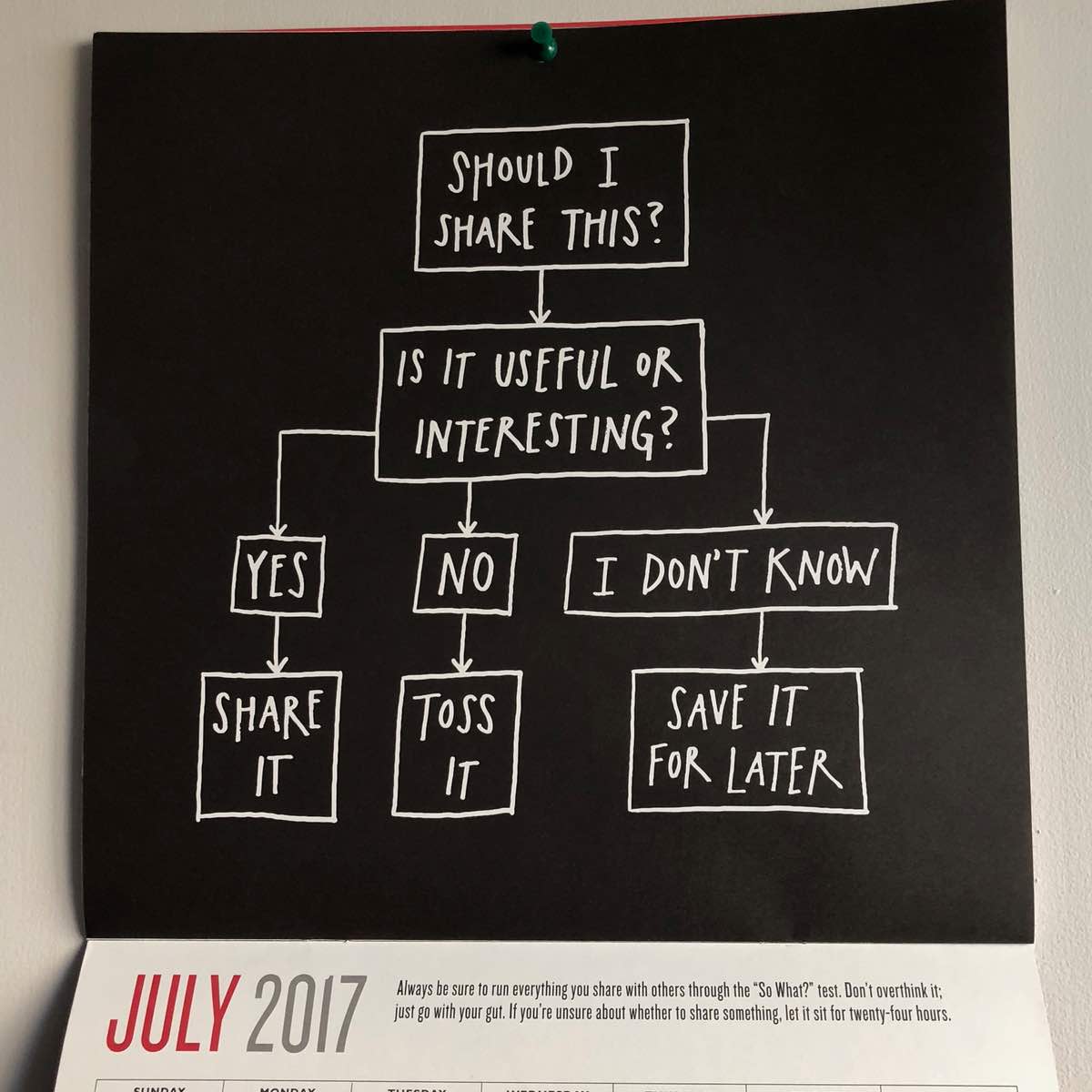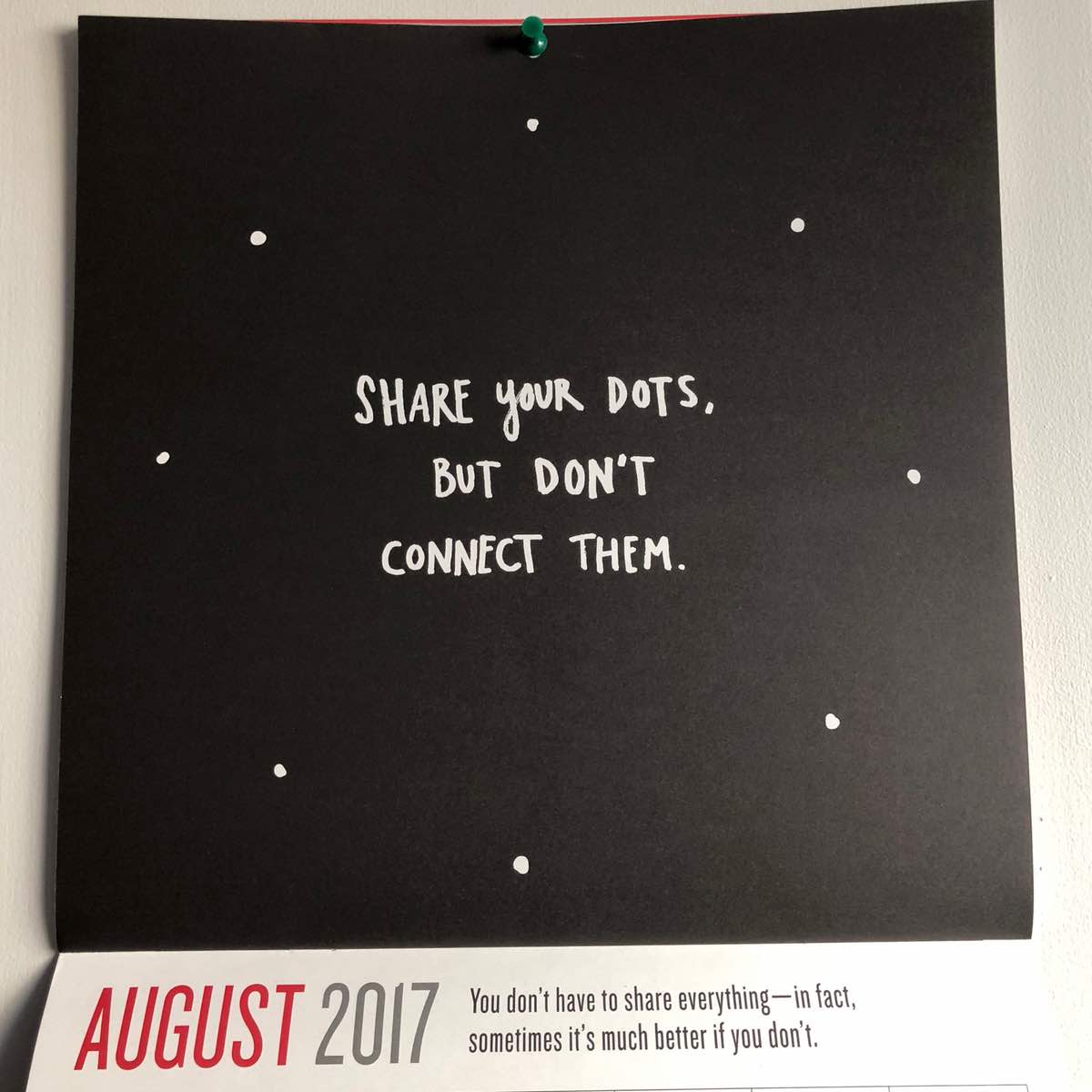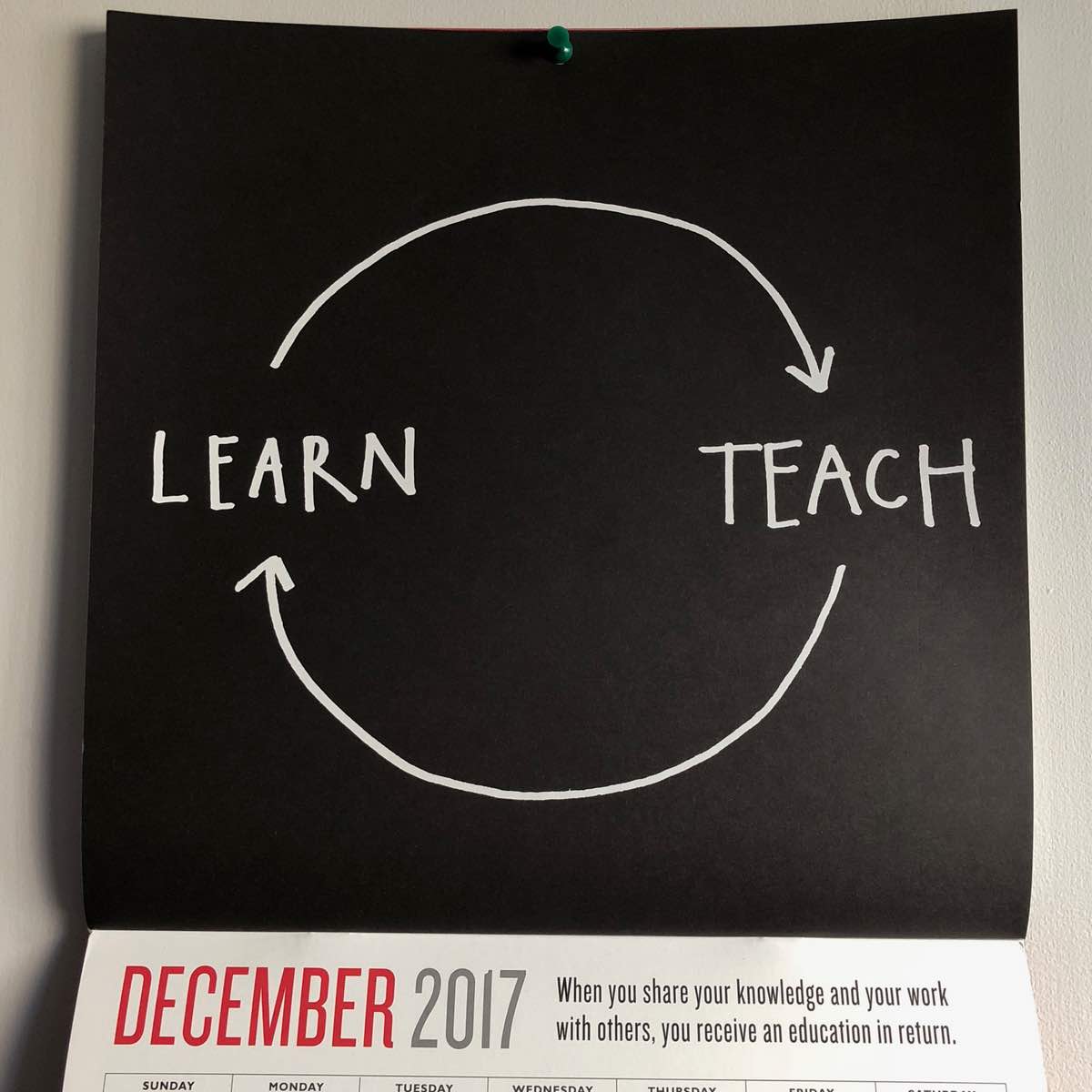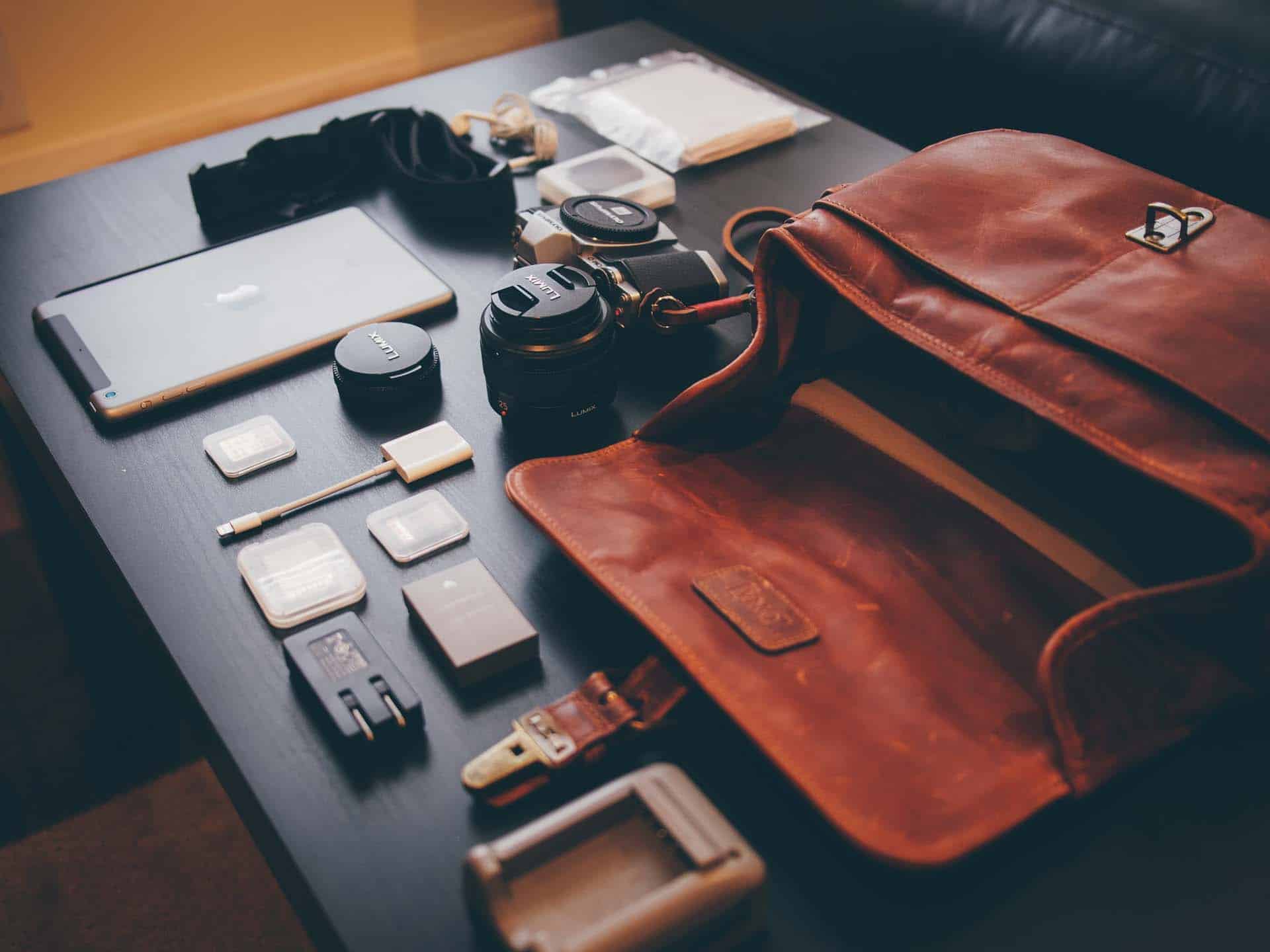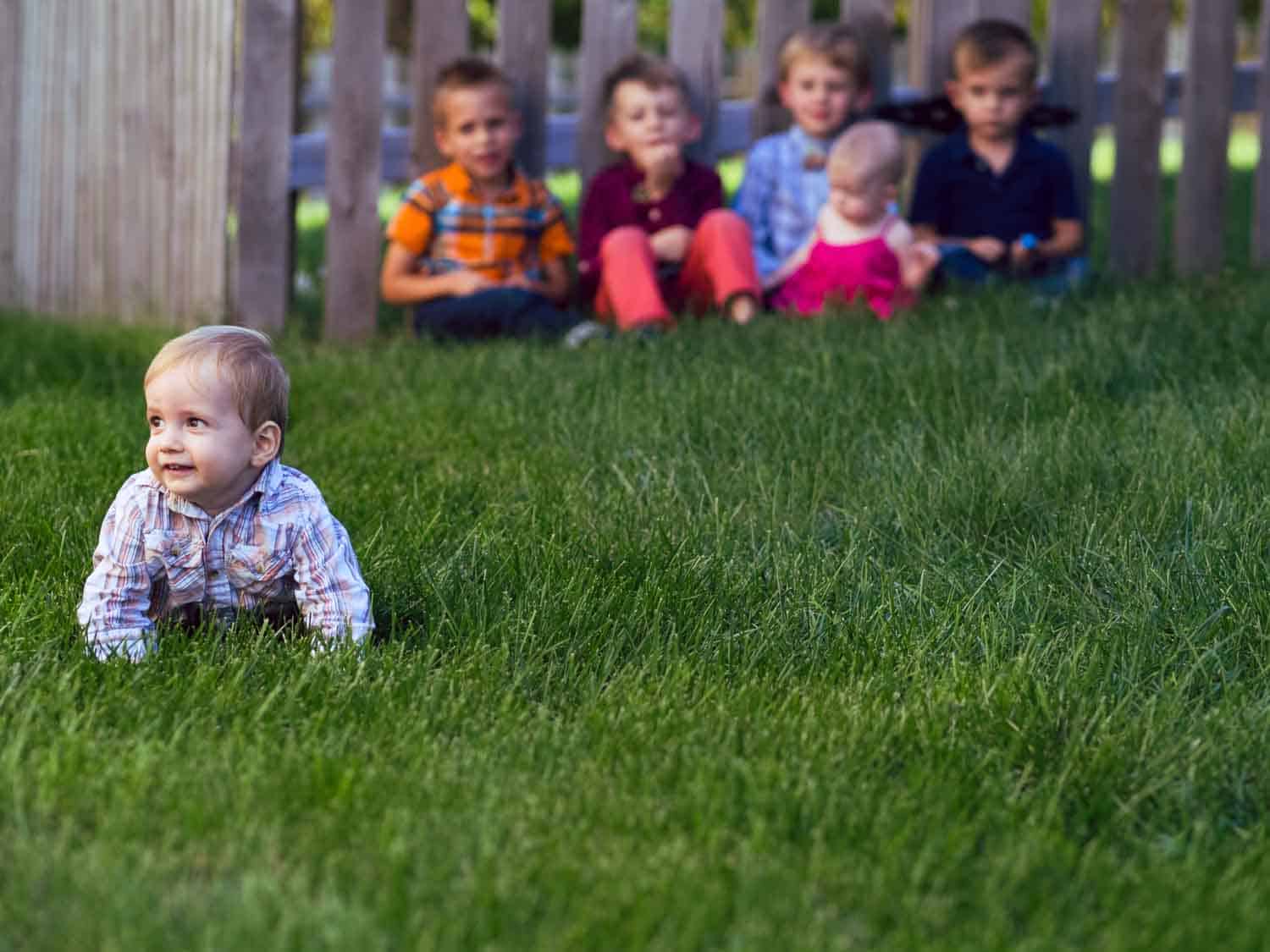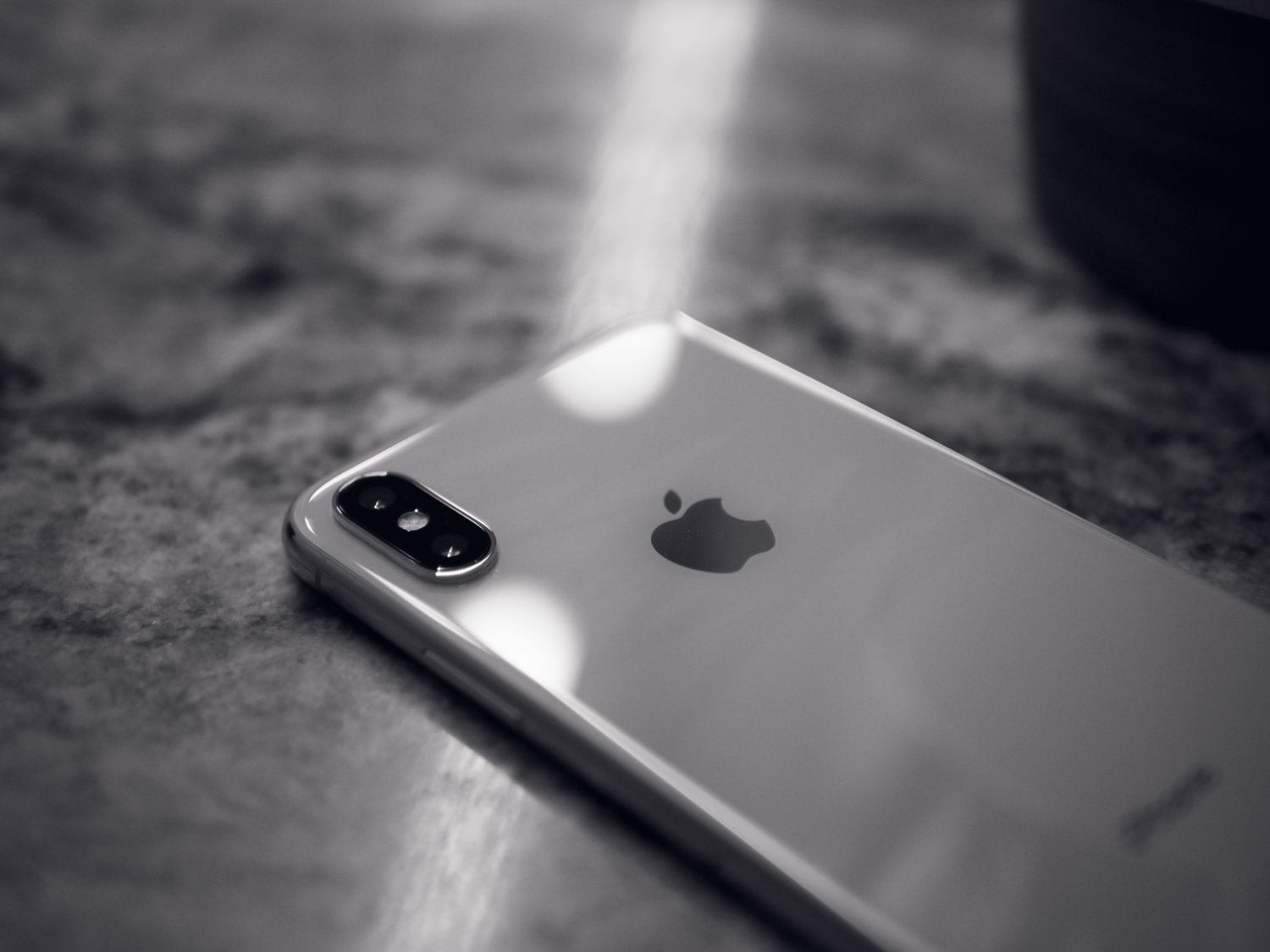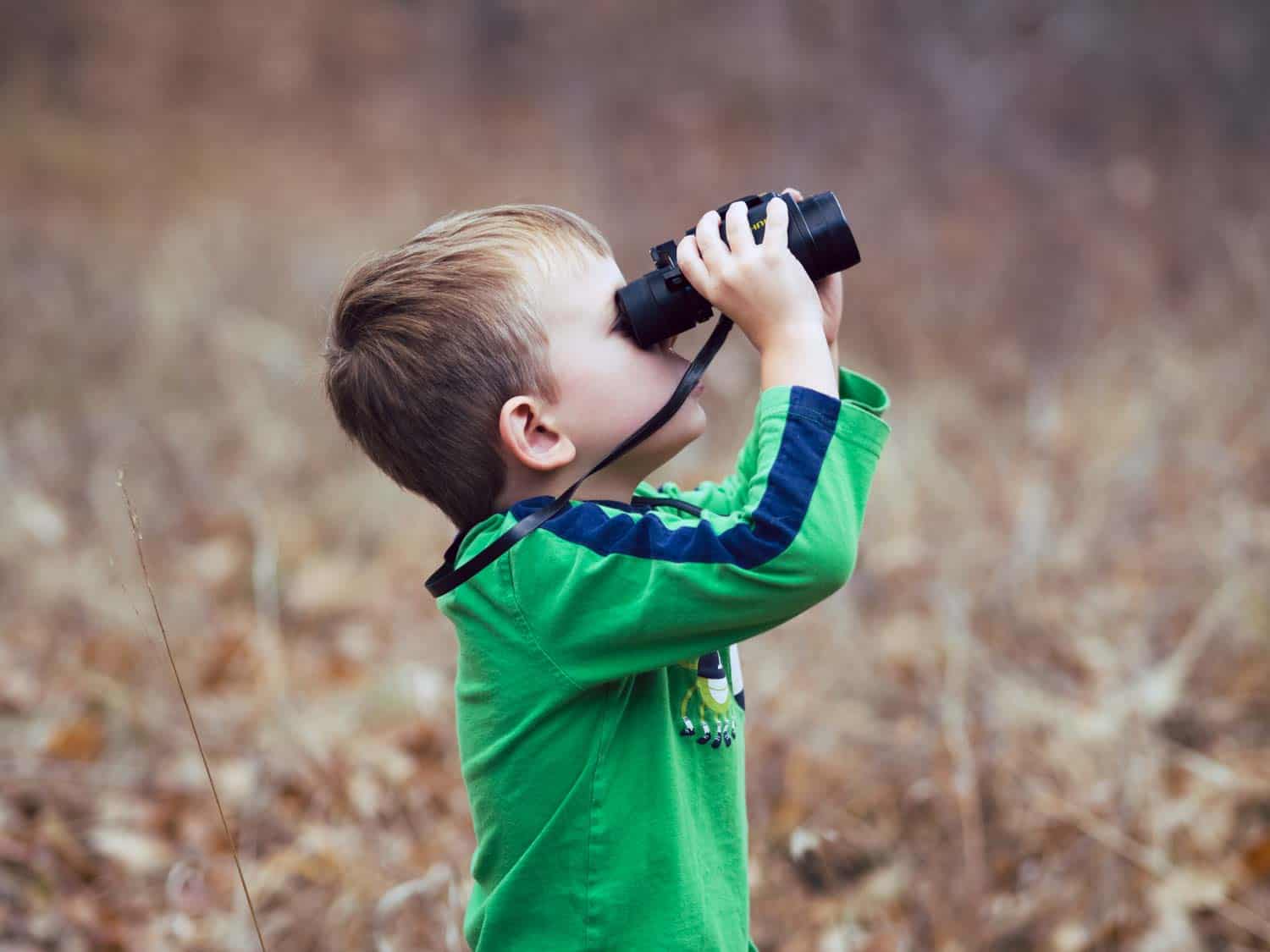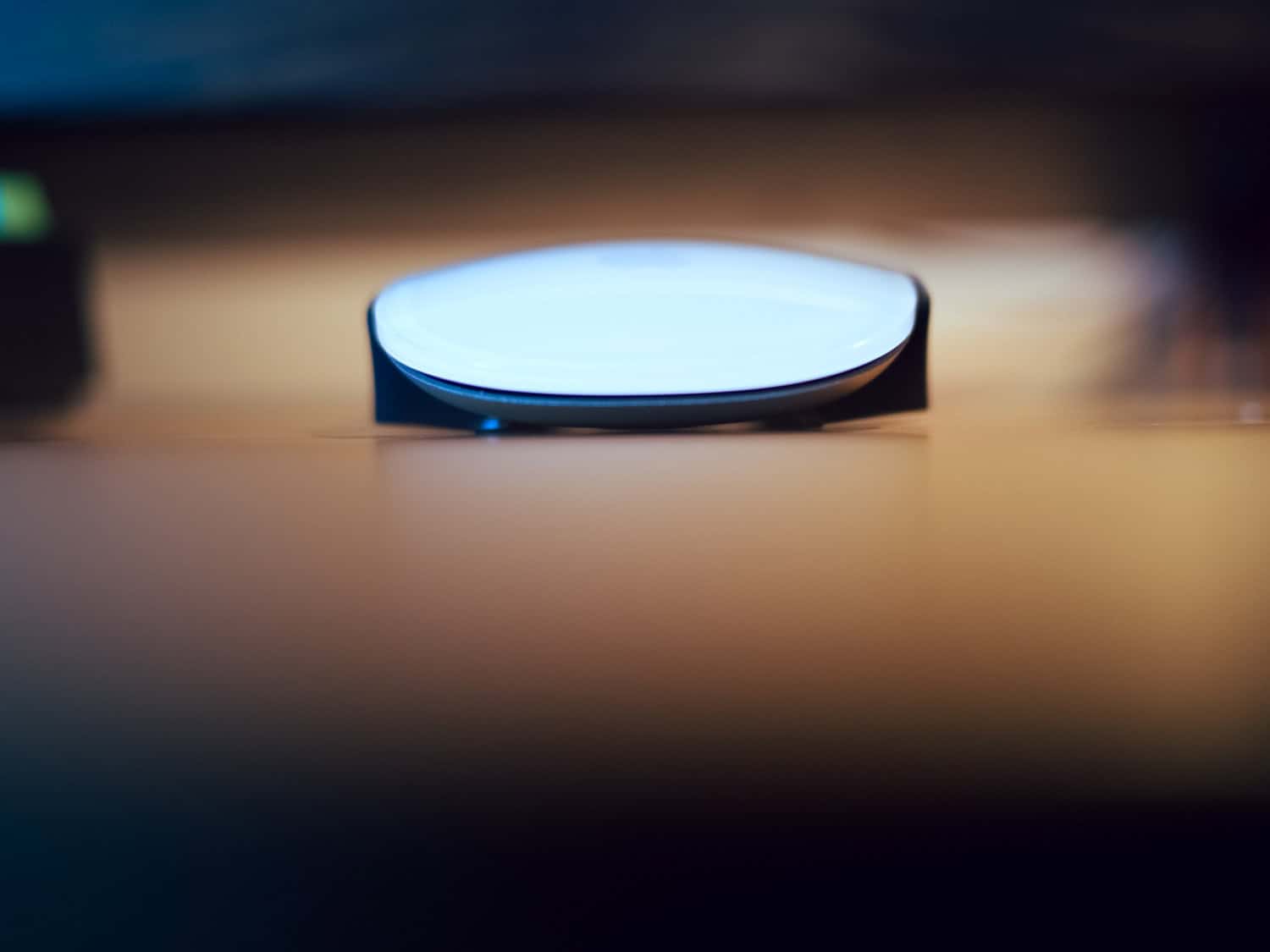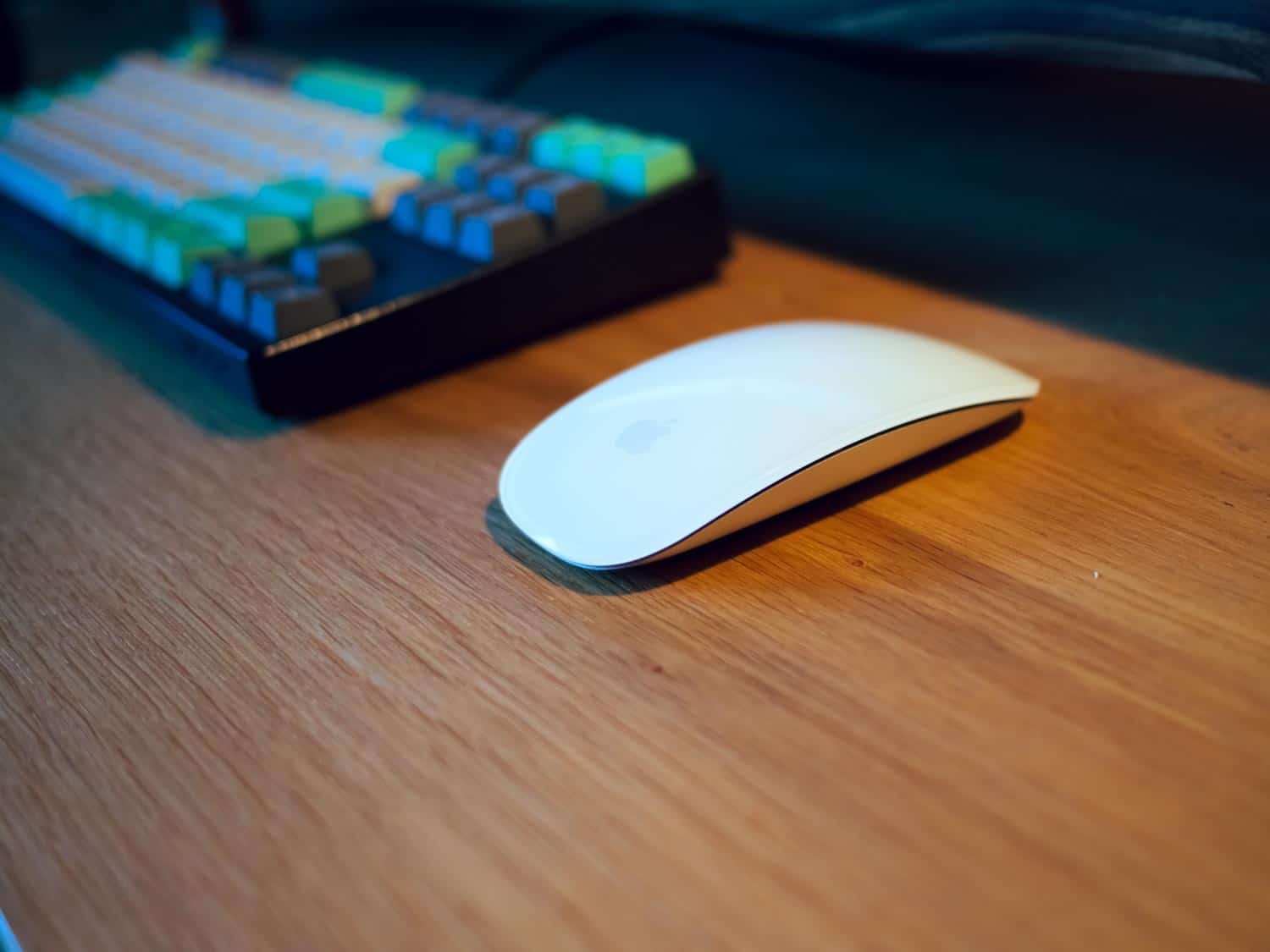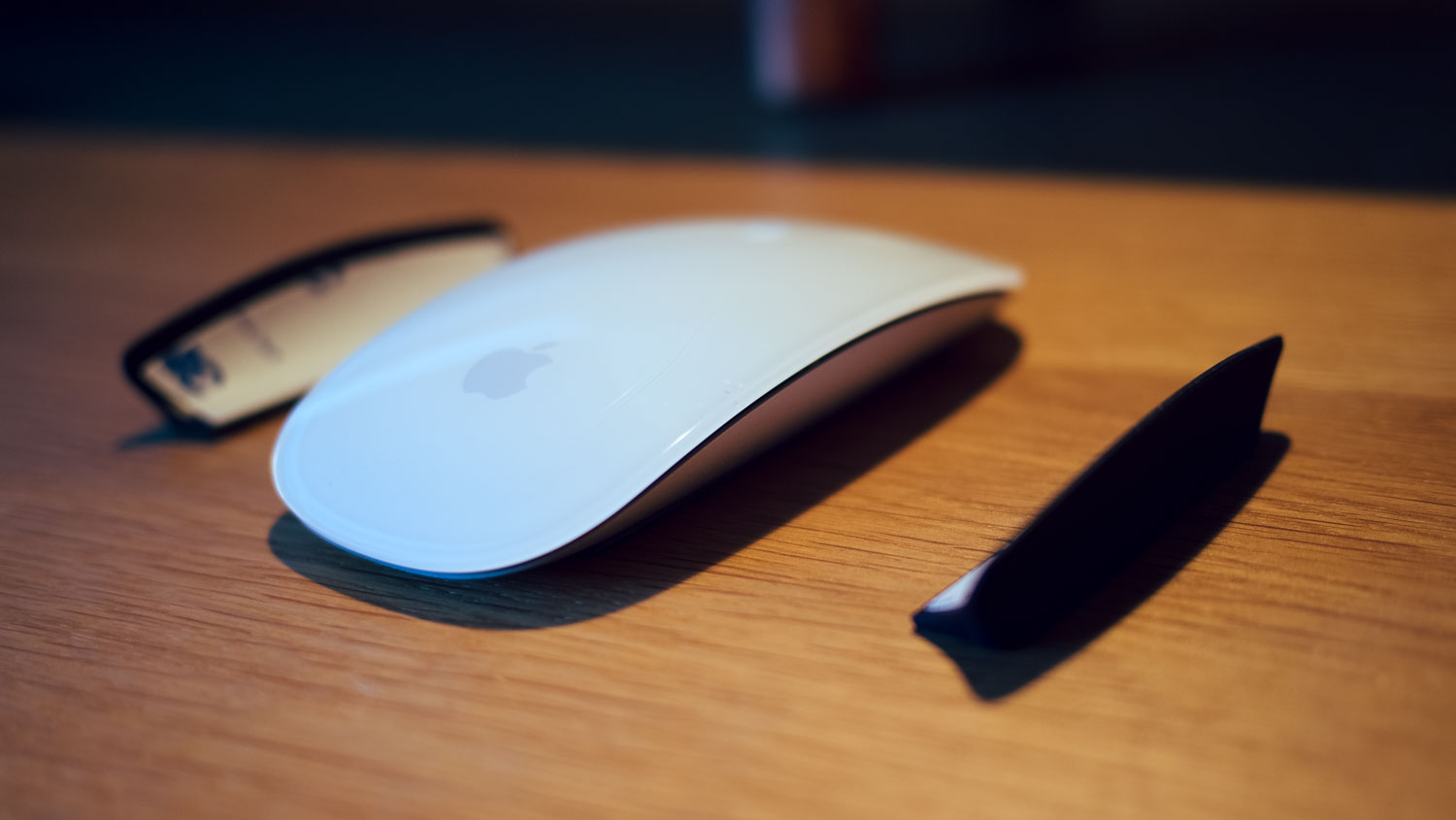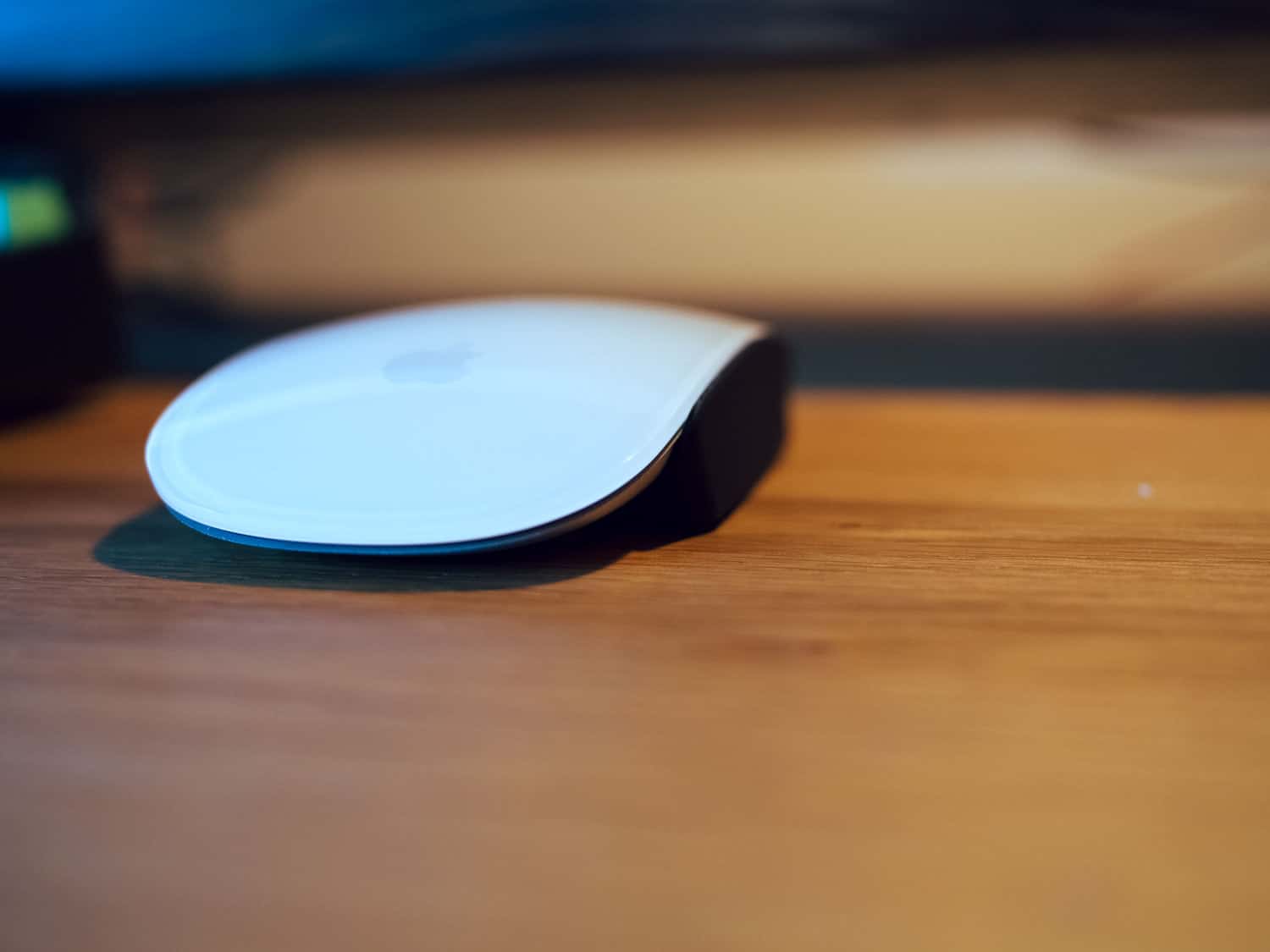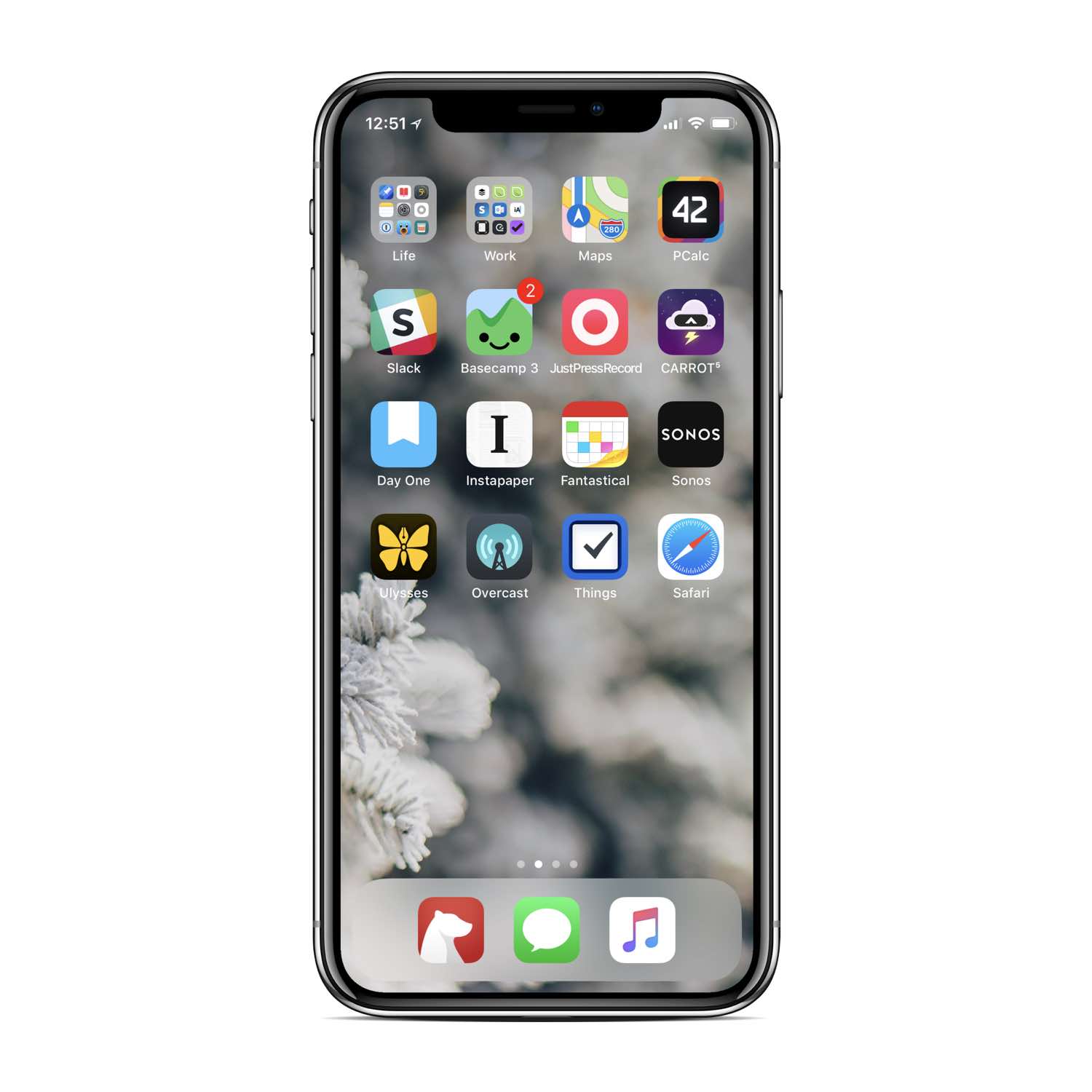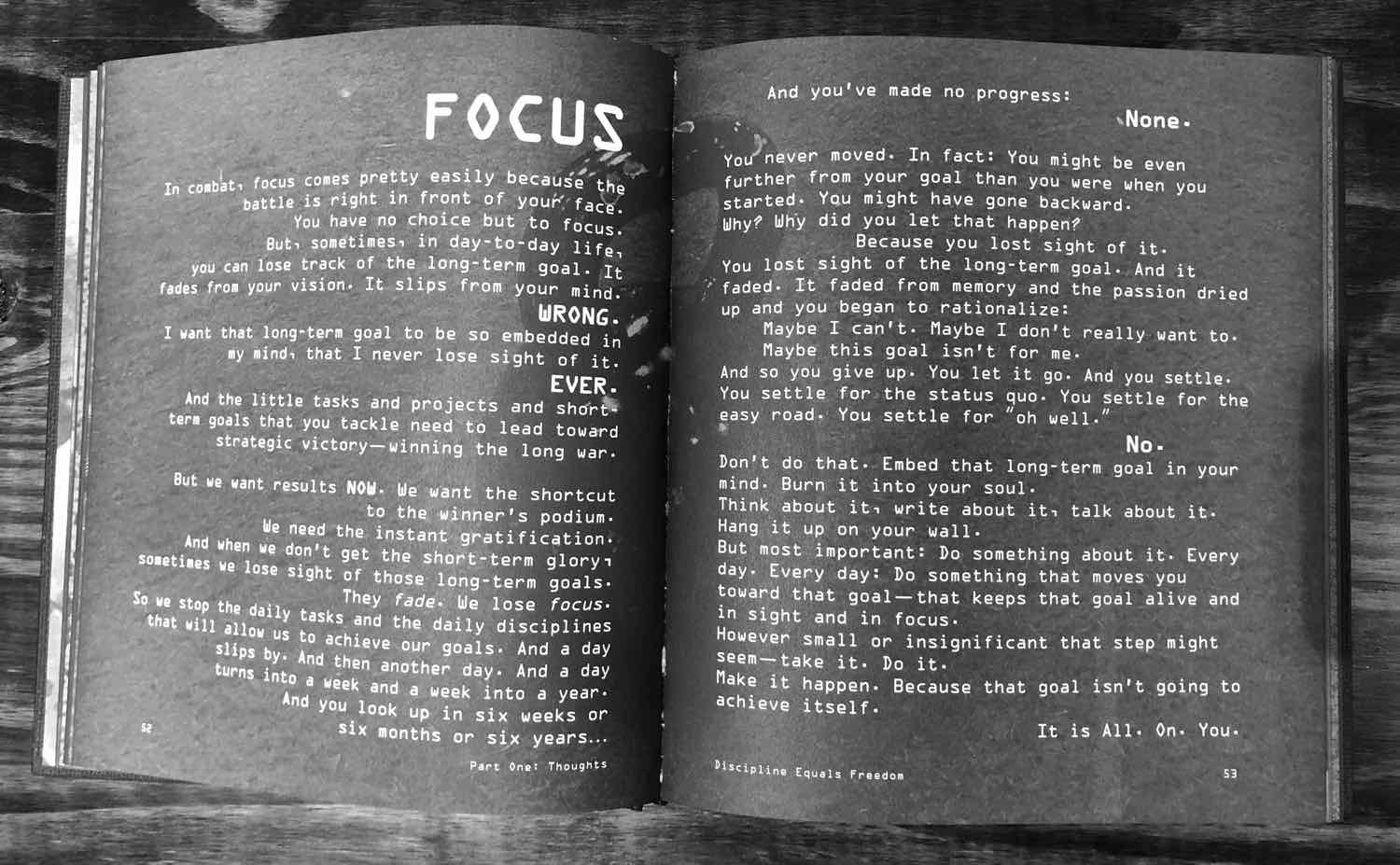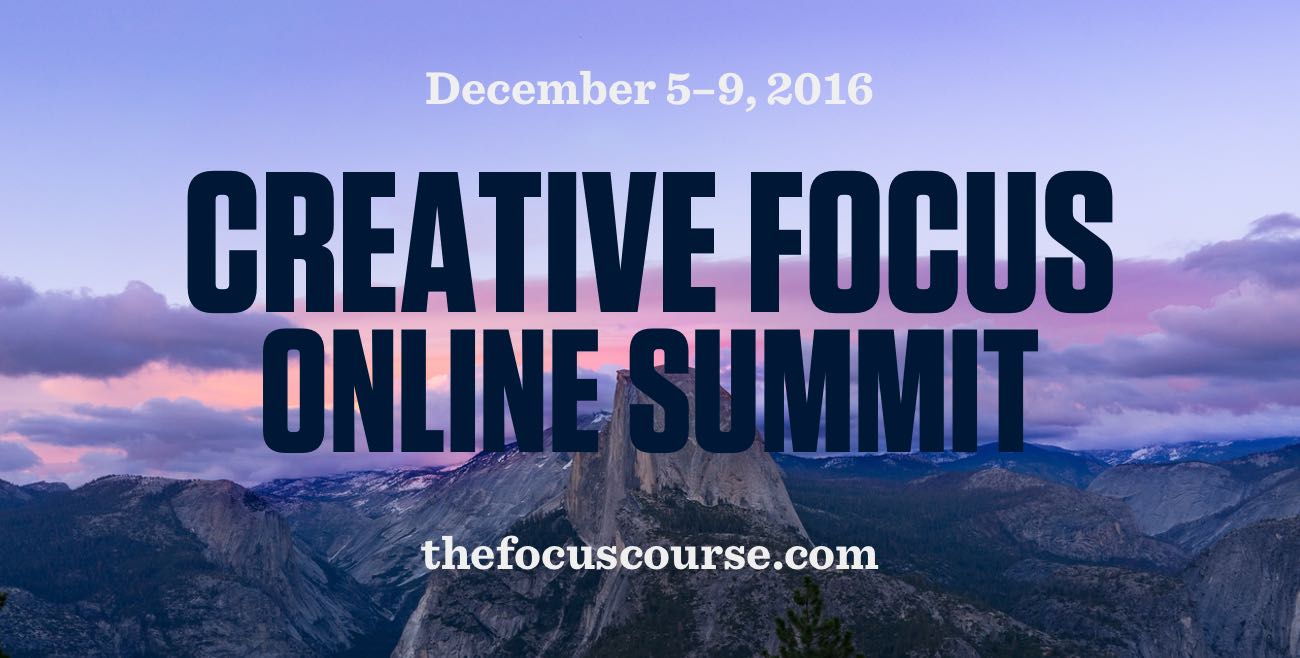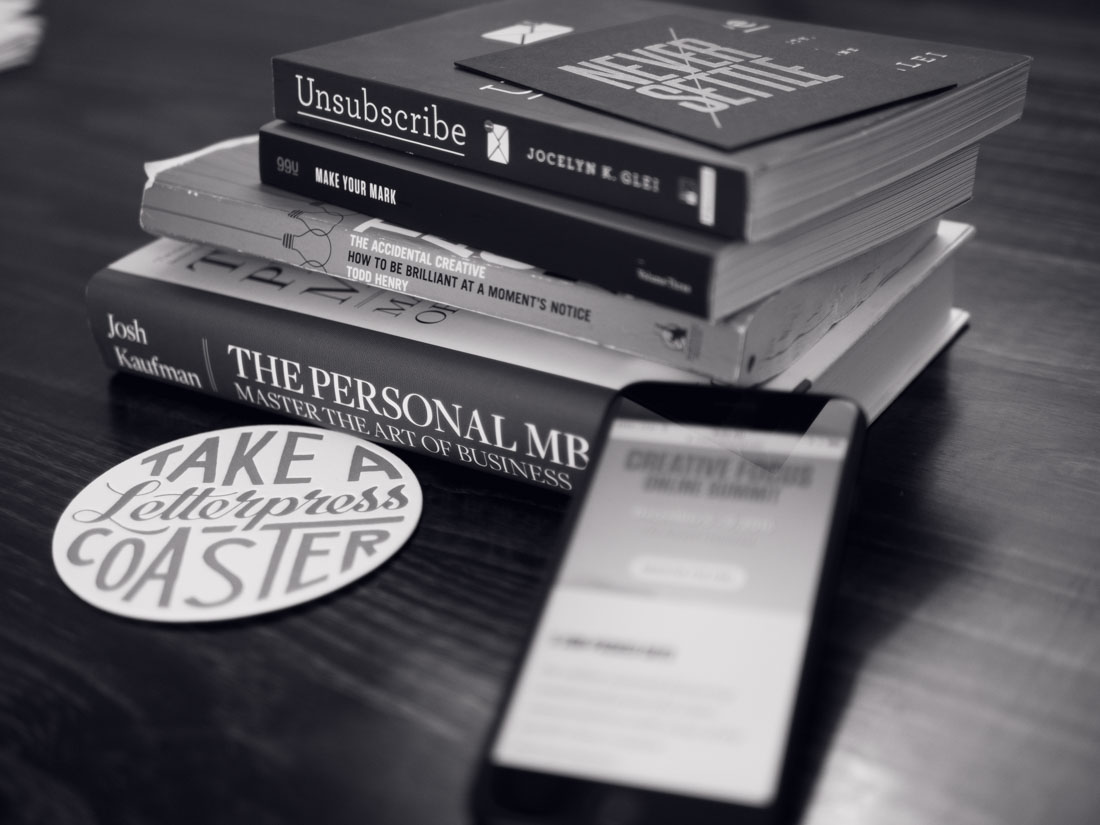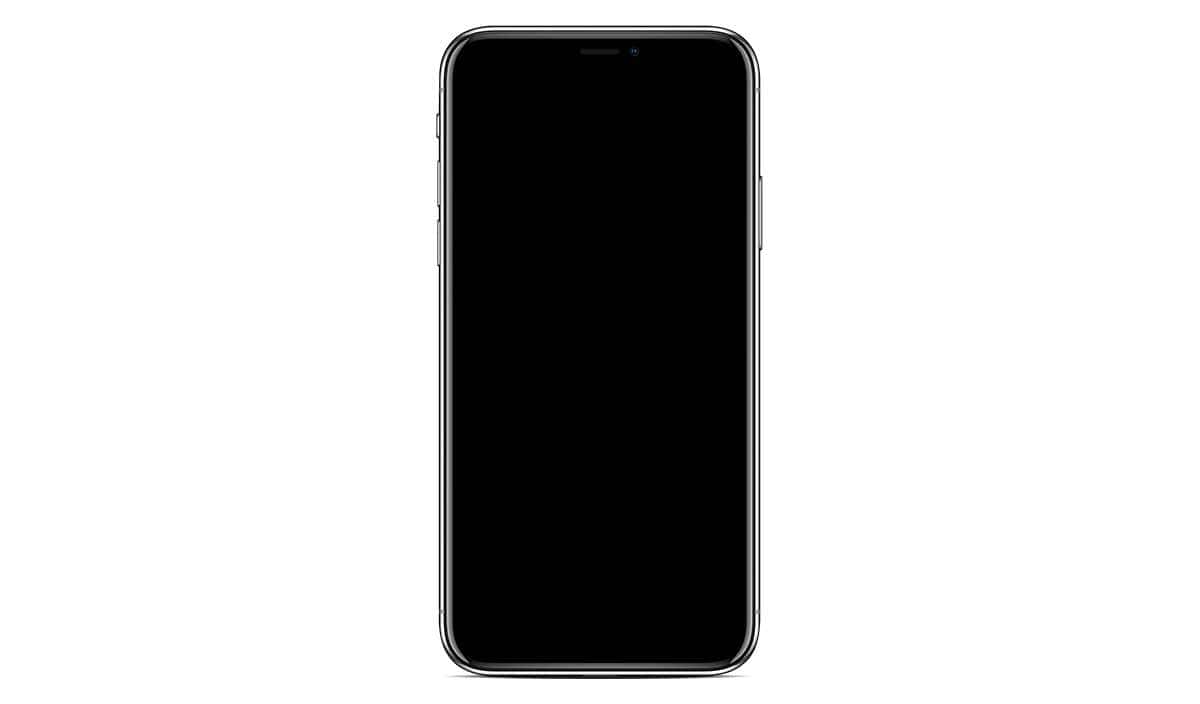
My favorite feature of iOS 11 has been Do Not Disturb While Driving.
At stoplights, it’s almost universal that most folks will be looking at their screen. While annoying, at least this isn’t life-threatening behavior.
But stoplights aside, it is uncanny just how many people I see texting while driving. I often want to honk at them and remind them to put their stupid phone down, but I’m afraid that I’d just cause a wreck.
Needless to say, Do Not Disturb While Driving is a feature that will undoubtedly save lives. And so, in that respect, DNDWD is my favorite feature that everyone has who is using iOS 11.
But it’s also my personal favorite feature as an iPhone owner.
It has now been months since I received a notification while driving. And I have absolutely noticed how much more calm and present I feel when driving.
I love that my phone never buzzes and my watch never notifies. And there is no fear of missing a truly important message or phone call because people can get through if they need to. But so far, I have received exactly zero “urgent” messages while driving.
Additional, Miscellaneous Thoughts and Experiments with Do Not Disturb
In addition to the the “While Driving” part, Do Not Disturb is a pretty great feature in general.
Do Not Disturb While Working
Both my iPhone and my Mac are scheduled to stay in Do Not Disturb mode until 11am every day. This gives me a good 3-4 hours every morning to do my work without any incoming notifications.
Do Not Disturb at Night
For about two days I tried turning off internet access for my iPhone in the evenings (using the settings of my Eero). But it was very short lived — since I quickly realized that without internet access I couldn’t control my Sonos nor our Nest. Also it meant my iPhone wasn’t automatically backing up at night and updating.
However, I liked the idea of having no internet access in the evenings. There was no “pull” to just check stuff.
Some folks recommended that I just turn off all notifications and put my phone down somewhere else.
But I already do both of those things. For years I have had notifications turned off; I only get pings for incoming text messages and DMs. And my phone is usually by the fridge in the kitchen.
My no-internet evening experiment wasn’t so much about cutting off the incoming distractions as it was about giving myself the mental breathing room (similar to DNDWD) that accompanies the complete absence of something.
